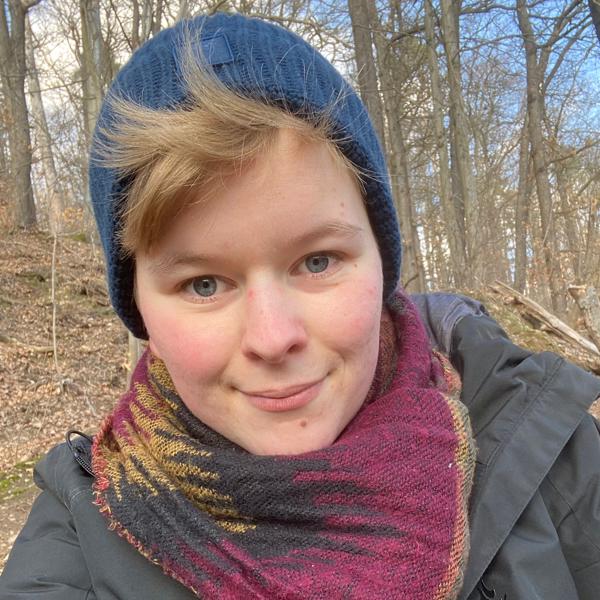The IMI-Map was developed in 2013 as a Ruby on Rails application in a practical project. It was maintained and further developed in another practical project and a few bachelor theses and it is being used, maintained and developed actively in the study program since 2013. The goal of the original IMI-Map was to support students with finding an internship and to support the internship officer with internship administration.
The original IMI-Map:
- Demo: https://imi-map.f4.htw-berlin.de/
- Source-Code: https://github.com/imimap/imimap
Previous IMI-Map Projects:
- 1st IMI-Map Project in summer term 2013: https://imi-bachelor.htw-berlin.de/studium/projekte/showtime-im-sommersemester-2013/#c11131
- 2nd IMI-Map Project in summer term 2017: http://home.htw-berlin.de/~kleinen/classes/ss2017/project/
 Demo
Demo
 Source_Code
Source_Code




